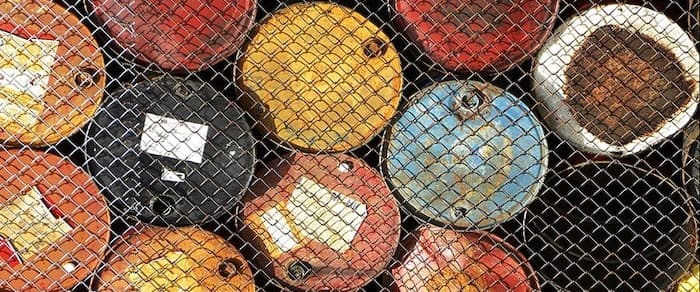Is There Still Hope For Argentina’s Struggling Shale Patch?

Argentina is working to boost its oil production as well as investing in shale as the Latin American oil and gas giant continues to focus on traditional energy.
June ended with Argentina’s Compañía General de Combustibles (CGC) acquiring Chinese firm Sinopec’s Argentinian operations, expected to increase the company’s oil output by 40 percent. CGC production will increase from 39,500 bpd of oil equivalent to around 50,000 bpd.
This makes billionaire-owned CGC one of the top five Argentinian oil and gas producers. Like many other oil firms, CGC is expressing interesting in adopting innovative technologies for the energy transition, aiming to install underground carbon capture and storage technology to reduce emissions in its oil production. However, the firm is betting strongly on the future of oil in Argentina to meet the world’s fuel demand.
Hugo Eurnekian, CEO and chairman of CGC, said in a statement “We are convinced of the enormous and diverse potential offered by the geology of our country, not only in shale but especially in tight and conventional. This step we are taking is proof of that.”
At a cost of $240 million, the deal sees CGC gain 1.1 million acres in the southern San Jorge Gulf Basin as well as a minor stake in the western Cuyana Basin. CGC will also have a stake in Termap, an operator with two oil-exporting terminals in the south of Patagonia.
Sinopec (-3.63%) signaled its interest in withdrawing from Argentina in 2017, after political and financial turmoil in the country made investments uncertain. The company was accused by the Argentinian government of failing to meet output obligations as its oil production has continued to steadily decrease since 2011.
Following years of recession and inflation, it appears that national and regional companies are taking back the country’s oil and gas sector, as international players are wary of investment.
In other developments, Latin American oil firm Vista Oil & Gas alongside Trafigura, based in Geneva, have agreed to develop 20 wells in Argentina's Vaca Muerta shale oil deposit at a cost of $75 million. The new wells will add to the 28 operational wells already in the Bajada del Palo block Oeste.
Vista CEO Miguel Galuccio stated of the deal "will contribute to generating more production, and thus continue to expand energy exports essential for bringing in the foreign exchange that Argentina needs while continuing to supply the local market."
And just this week, Shell (-1.40%) Argentina was reportedly awarded a contract for a pipeline measuring 105km to transport oil from Vaca Muerta, expected to begin operations by the end of 2022 with a capacity of 120,000 bpd.
Italian-Argentine company Techint and Neuquén firm Ingeniería Sima will carry out the $80 million project.
This follows the launch of Shell’s (-1.40%)30,000 bpd processing plant in Sierras Blancas, which is part of the company’s $1.5 billion investment plan in Argentina between 2016 and 2021. So, while other international oil majors step away from Argentina, Shell (-1.40%)remains heavily invested in the country’s oil and gas.
Although Argentina’s financial outlook is uncertain, the development of the oil and gas sector by national and regional players, as well as continued investment from Shell (-1.40%)could be what Argentina needs to ensure the future of its energy sector and the possibility of eventually attracting greater foreign investment again.




